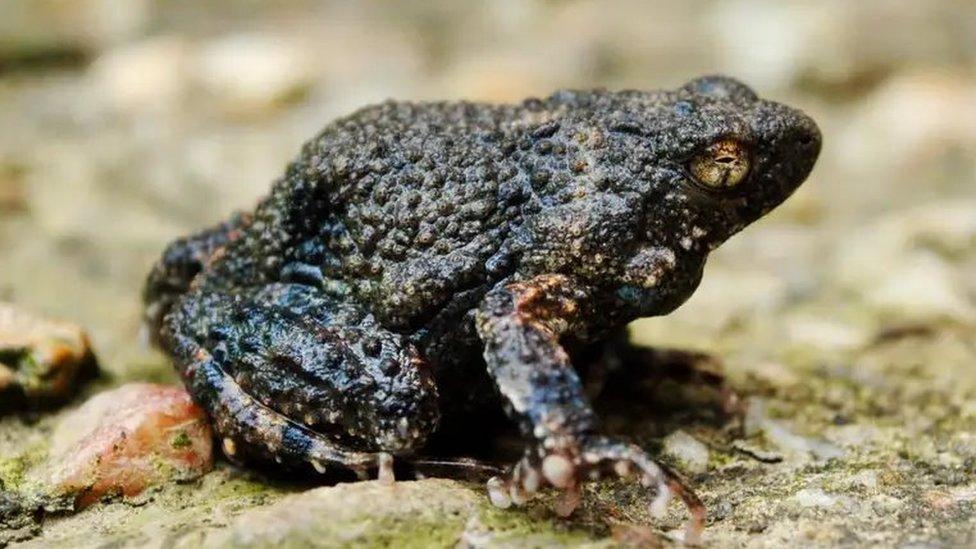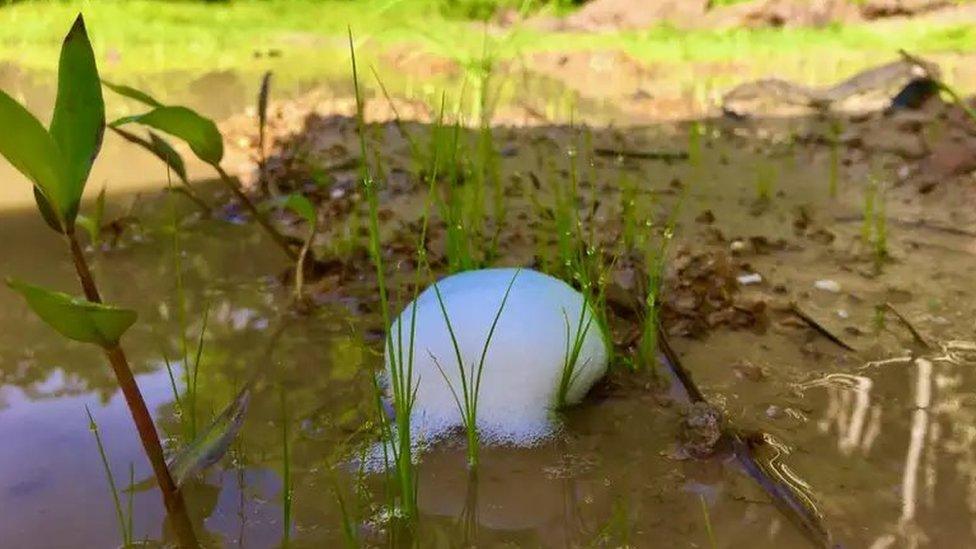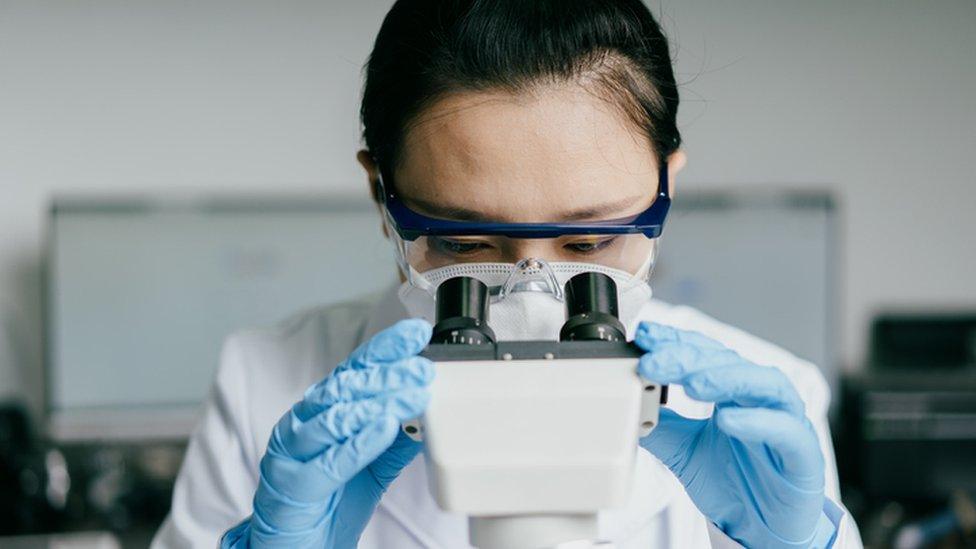How can frog foam be used in human medicine?
- Published
- comments

We're used to seeing bandages that are made of material or fabric, but what about ones made from frog foam?!
Scientists think that the foam that some frogs produce to make nests could give some ideas for alternatives to bandages in the future.
Benefits of the foam are that isn't likely to irritate human skin and can slowly release drugs for day.
This makes it very suitable for use in future pharmaceuticals and cosmetics.

What kind of foam is this?
But it's not like the kind of foam you're probably imagining. Most foams collapse into a liquid within minutes or hours. This one can keep its shape for more than a week!
Paul Hoskisson at the University of Strathclyde in Glasgow says that some frogs produce an incubator foam - protecting eggs and tadpoles from germs, dryness, and sun rays.
This means it is very robust and can withstand 10 days of harsh tropical conditions.
To investigate the foam, Hoskisson and his colleagues collected about 200 whole foam nests from wild túngara frogs (Engystomops pustulosus) and removed the eggs for safekeeping.
The eggs were placed in a laboratory incubator to keep them safe, and were all later hatched and returned the tadpoles to the wild.
Tests showed that the foam could withstand very high levels of force - about as strong as a 45 kilometre per hour wind - before breaking down.
What experiments did they carry out?

To see if the foam could work in human medicine, the researchers tested human skin cells with foam fluid and found it wasn't toxic towards the skin.
Next, they added different kinds of dyes and an antibiotic into the foam to so if it could release the drug gradually over a time period.
It worked, with the foam releasing it over periods of between two and seven days. This is much more slowly than any current medical foams would do. They release the drug with hours or even minutes.
